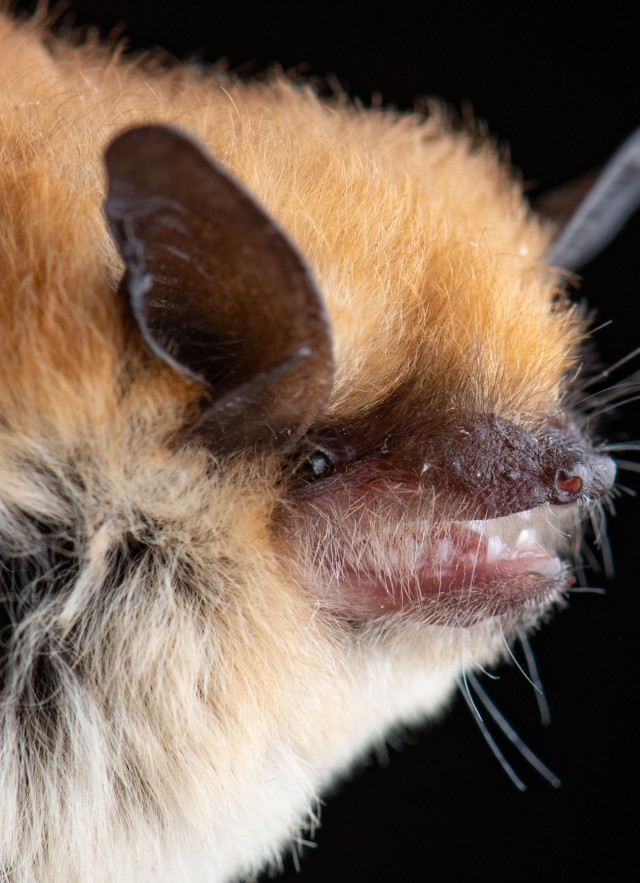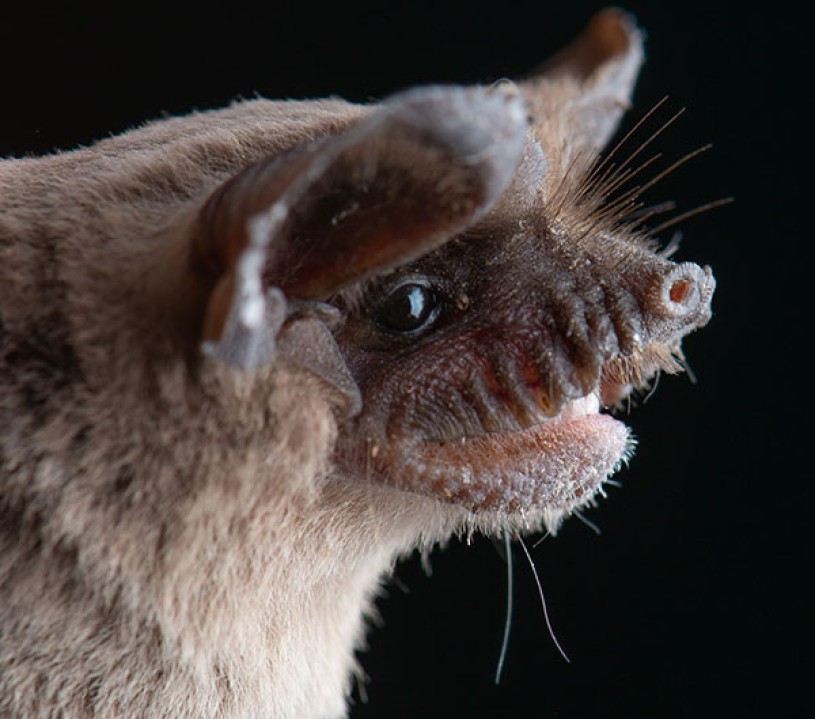How To Build A Bat Box
When Southern California (or other bat-heavy areas) sees waves of extreme heat, the second-largest order of mammals can be put at significant risk. But with a little community assistance, our nocturnal neighbors like this Yuma myotis can sleep safely during hot days in a comfortable bat box — which you can easily build and install yourself.

Are you a playboy billionaire by day, crime-fighting superhero detective by night? Are you considered the world’s greatest detective and have the endless resources of Wayne Enterprises at your disposal? Did you merely adopt the dark, whereas I was born in it and molded by it?
If you answered yes to any and all of these questions, you probably already know how to build a suitable bat cave. If not, read below to find out how you can make a bat box for your own backyard, balcony, patio, or neighborhood.
As anyone who’s attended one of the Bat Roost Counts put on by our Community Science team can attest, bats have adapted to living throughout our communities as well as any other mammal.
But when Southern California (or other bat-heavy areas) sees waves of extreme heat, the second-largest order of mammals can be put at significant risk. But with a little community assistance, our nocturnal neighbors can sleep safely during hot days in a comfortable bat box — which you can easily build and install yourself.

So what is a bat box? It’s exactly what it sounds like — a small (but not too small) wooden box with an opening on the bottom for bats to come in and chill out for the day. You nail it to the side of your home or any other wall, tree or wooden post, and call it good.
Well, it’s not quite that simple, but we’re here to provide a helping hand.
“Bat boxes are artificial roosts that support bat populations in areas where roosting habitat is scarce,” says Miguel Ordeñana, NHM’s Senior Manager of Community Science and resident bat expert.
First of all, it’s important to understand the importance of bat boxes. The idea behind a bat box is to give the local bats an additional safe location to roost when their natural ones become too crowded or uninhabitable (due to climate, lack of resources or manmade factors like construction). They can keep bats safe from weather and temperature changes as well as predators and other external causes of death, while also fostering a growing community of bats in their immediate surroundings.
Now for some information on building your own bat box.
The short version (not a step-by-step guide) is that you want to create a tiered wooden box at least 2’ tall and 16” wide — although some bats require more space than others. You’ll also want an entrance slot for the bats to come and go, usually on the bottom and no more than about ¾” wide (to keep out predators and other creatures). Finally, you’ll want to make sure the interior wooden walls of the boxes are nice and rough (run a knife or some screws along them) so the bats have places to grab on to. And remember that bats prefer to go organic, so don’t use any kind of fabric, mesh or stained or treated wood on the boxes for the happiest and healthiest inhabitants.
From there, you just mount that sucker on a (preferably southern-facing) wall, tree or post at least 10 feet off the ground and wait it out. “It is important to set up a bat box with immediate cover nearby and ideally canopy connectivity between the box and foraging habitat [such as a river or lake with insect activity],” Ordeñana says. “Beyond that, tips for setting them up are dependent on the types of bats in the area, the microclimate of your backyard [shade, orientation towards the sun, etc.], and proximity to foraging habitat. The successful bat boxes that I've seen are located on freeway underpasses. They’re attached to the concrete wall of the underpass, and those are very dense and have a lot of mass, which provides temperature regulation and insulation from extreme temperatures.”
As it turns out, the waiting can be the hardest part. For one thing, it can take years for bats in the area to both have need for and discover a new roosting location, so there’s no telling when you’ll start to see some evening activity. But the other challenge for new bat box owners is telling whether or not it’s actually in use. Since bats are a protected species, it’s illegal in many places to remove or even open a bat box, meaning that you’ll have to look for the signs around it or catch them entering or exiting (like we do at our Bat Roost Counts). And if you’re not ready to bat box just yet, there are other options to help.
“A great alternative to putting up bat boxes is to advocate for leaving street trees, tree snags, avoid trimming or removing trees when bat moms are carrying for their young between May and September,” Ordeñana says. “These trees and crevices inside trees provide important sources of shade for bats — and also, please plant native plants. Although all bats in Los Angeles County are 100% insectivorous, diverse and healthy native plant communities support insects that bats eat. NHM is currently collecting and analyzing bat guano to learn more about bat insect diets so that we can recommend specific plants or habitats that support the insects that local bats like to eat. Until then, please support our research and plant the California native plants that have been known to provide great bat habitat in nearby San Diego.”


